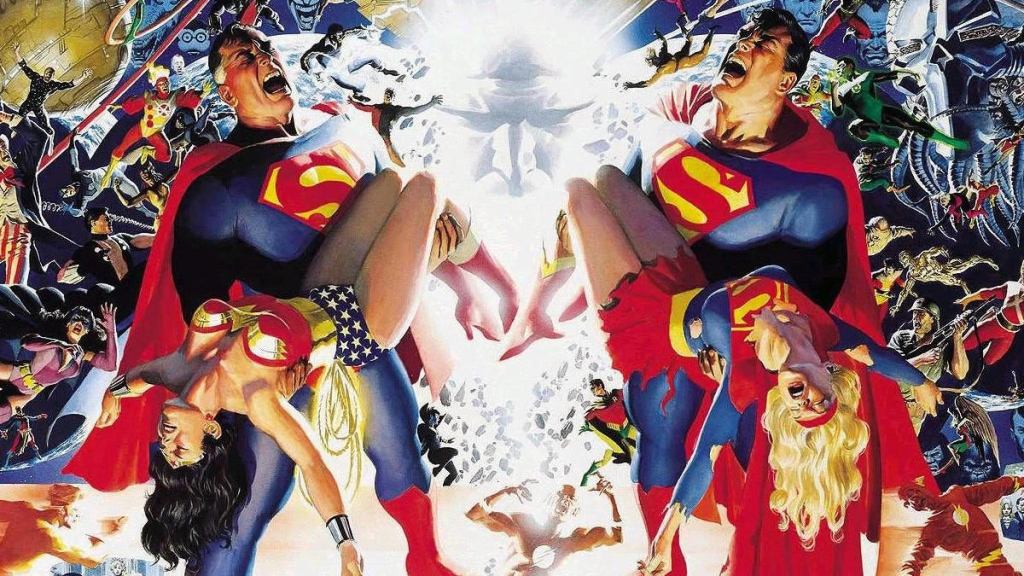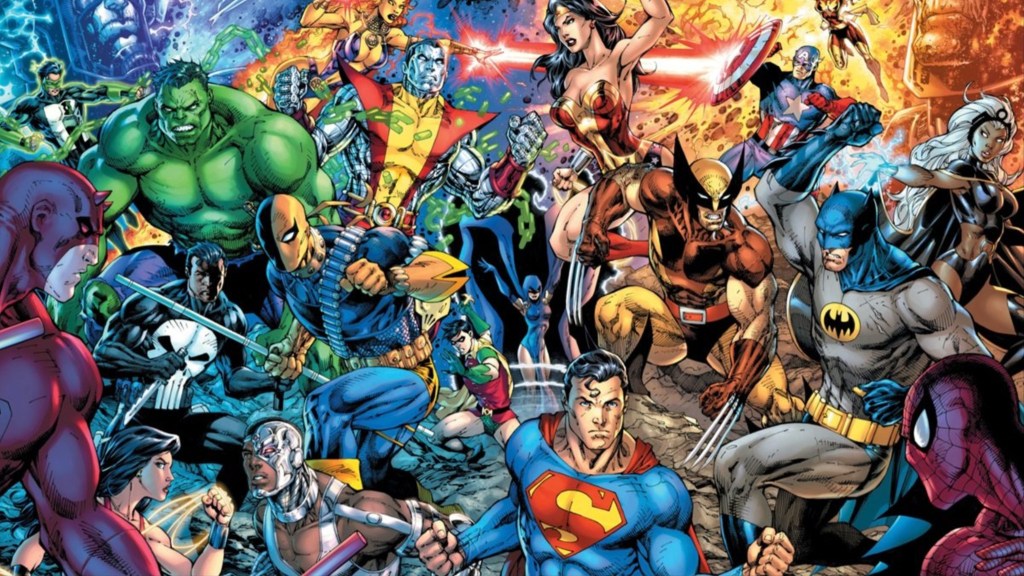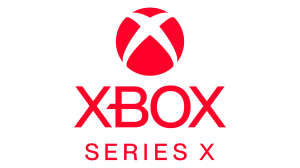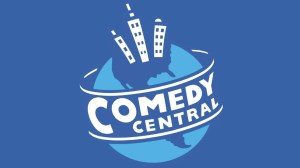For nearly as long as superhero comic books have existed, the crossover event has been an important element of the genre. Not only is the crossover fundamental to any fan who has more than one favorite hero or villain, but ever since the clash between the Human Torch and the Sub-Mariner in Marvel Mystery Comics #8 (1940), it has also served as a key creative tool in the comic book industry. Over the past decade — particularly with the rise in popularity of the multiverse concept — crossover events have become more the rule than the exception in Marvel, DC, and other major superhero publishers.
Videos by ComicBook.com
However, just because crossovers are now popular with fans and publishers doesn’t necessarily mean their growing prevalence is justified. All of this begs the question: are crossover events essential? Indeed, as publishers increasingly lean into crossover events, it’s worth asking — are they necessary to contemporary superhero comic book storytelling?
The Crossover Event is a Superhero Fan’s Dream Come True

The short answer to the question of whether crossover events are truly necessary is no. Traditionally, major comic book publishers like Marvel and DC have used crossovers sparingly. Despite the extensive fan fiction, discussions, and debates surrounding the crossover event, the history of superhero comics is largely the history of standalone series, where stories are self-contained within their own universes. The notion that a comic book narrative doesn’t need a crossover event to be compelling is also reflected in the world of manga, where crossovers are practically unheard of as part of a series’ narrative.
[ RELATED: Godzilla Destroys the Marvel Universe in Epic Crossover Event ]
Nevertheless, few things in superhero comic books influence narrative and character development as effectively as a well-executed crossover event. A crossover that thoughtfully considers the differences between the characters involved and leverages those differences in a unique way not only enhances each character’s position but also elevates the overall story. In other words, when done right, a crossover event can be an exciting and meaningful tool to reinvigorate a stagnant title or breathe new life into an already popular narrative.
Marvel and DC Forged the Model of the Classic Crossover Event

Perhaps the best examples of well-executed crossover events are Marvel Comics’ Infinity Gauntlet arc and DC Comics’ Crisis on Infinite Earths. Both storylines featured universe-wide existential stakes — namely, the mass extermination of countless heroes and villains — making it clear to readers that these events mattered. The narratives also demanded attention not just for the chaos they unleashed, but for the profound impact on the characters involved. Additionally, each crossover was anchored by a strong thematic core. Infinity Gauntlet explored what it means, in a universe of superpowered beings, to wield ultimate power. Meanwhile, Crisis on Infinite Earths asked what must be sacrificed to forge a better, more stable future.
These elements — combined with the presence of an overarching malevolent force and a wide array of characters who must learn to work together despite their differences —helped make these two events exemplary models of crossover event brilliance. They added depth and intrigue to the characters, making them more compelling than they were before the events. Perhaps most importantly, while the arcs weren’t essential for fans to enjoy individual characters or teams within their respective titles, they significantly boosted interest among both die-hard and casual fans of superhero comics. Last but not least, the significantly added to the lore of the Marvel and DC universes.
Not all Crossover Events are Created Equal

While crossover events are not strictly necessary for superhero comic book storytelling, their absence would make the genre far less interesting for fans and likely for creators as well. Indeed, the existence and use of crossovers in the genre is not the problem; rather, it is their overuse. This year alone, there are at least three current or upcoming crossover events within both Marvel and DC individually, as well as one major crossover event involving both Marvel and DC together. In other words, a lot is happening in the world of superheroes, but that abundance is not necessarily beneficial from a fan’s perspective or for the quality of the various narratives themselves.
On one hand, there’s the complexity of managing multiple crossover events simultaneously. While not all crossovers are universe-spanning, the interconnectedness that crossover events have made a core principle of the superhero genre makes it difficult for one storyline to ignore the events of another. For example, how could a Spider-Man crossover involving Venom and Carnage reasonably ignore the fact that Doctor Doom has taken over the world or that Godzilla is rampaging through the streets? On the other hand, there’s the issue of fatigue. Keeping up with various storylines and understanding how they all connect to each other and the larger lore of the universe requires dedication from fans. It wouldn’t be surprising if some, feeling overwhelmed, simply gave up following the story.
When crossover events introduce these kinds of issues, they lose their true value as a creative tool. In fact, some fans argue that the current abundance of crossover events seems more driven by the business side of the superhero comic book industry — such as boosting sales and capturing market attention — rather than by a genuine effort to tell the best possible story. So, while crossover events aren’t strictly necessary in superhero comics, they can be both highly entertaining and narratively significant. However, what truly isn’t needed are crossovers that lack a meaningful focus on improving the story and lore, those created simply because they are popular, or done solely for financial gain.








